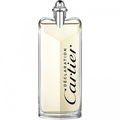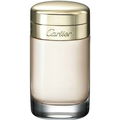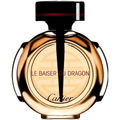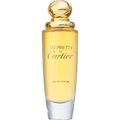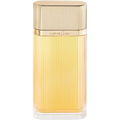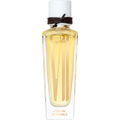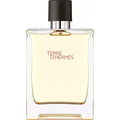01/09/2016

RhythmnHues
50 Reviews

RhythmnHues
Very helpful Review
4
A class apart.
Even though this is a classic from '92, I only recently acquired it. And since it was from the house of Cartier, I had high expectations. And man, it goes beyond! There's something about classics that just get me from the word go. They just knew how to make stuff back then. They knew their ingredients really well. And most importantly, I think, they cared about stuff. And more often than not stuff turned out great. Pasha de Cartier is a thoroughbred classic. An old-school woody aromatic fougere, pretty typical of the late 80's -early 90's style. Think Ysl Jazz, Tsar, 1881, Safari etc. Each of them was truly unique in very special ways but they had a lot of similarities too.
Pasha opens on a lemony-minty-tarry green note with loads of lavender to go. Initially a little tart and pungent, just for a minute maybe. Then it immediately starts to get smooth and dry, as you get whiffs of the coriander and oakmoss. It gets into the woody-spicy zone for a bit..still very dry but airy and breezy in a way. The initial citrus blast now toned down to just a subtle veil around the lavender & coriander. It's really beautiful to sense these stages go by. Very refined and mature. No theatrics whatsoever. And as the hours go by you can suddenly get wafts of creamy-dusty sandalwood and you know you have arrived.
Very masculine, very classy. In a way more reminiscent of older fragrances like Aramis or Azzaro PH, in certain aspects (not the notes). It flew right to the top of my most-used-perfumes list. If you like old-school fougeres you have to try this one. It's a class apart.
9/10
Pasha opens on a lemony-minty-tarry green note with loads of lavender to go. Initially a little tart and pungent, just for a minute maybe. Then it immediately starts to get smooth and dry, as you get whiffs of the coriander and oakmoss. It gets into the woody-spicy zone for a bit..still very dry but airy and breezy in a way. The initial citrus blast now toned down to just a subtle veil around the lavender & coriander. It's really beautiful to sense these stages go by. Very refined and mature. No theatrics whatsoever. And as the hours go by you can suddenly get wafts of creamy-dusty sandalwood and you know you have arrived.
Very masculine, very classy. In a way more reminiscent of older fragrances like Aramis or Azzaro PH, in certain aspects (not the notes). It flew right to the top of my most-used-perfumes list. If you like old-school fougeres you have to try this one. It's a class apart.
9/10








 Top Notes
Top Notes  Thyme
Thyme Lavender
Lavender Mint
Mint Mandarin orange
Mandarin orange Heart Notes
Heart Notes  Alyssum
Alyssum Coriander
Coriander Brazilian rosewood
Brazilian rosewood Base Notes
Base Notes  Patchouli
Patchouli Oakmoss
Oakmoss Labdanum
Labdanum Sandalwood
Sandalwood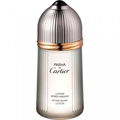
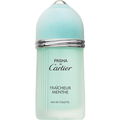
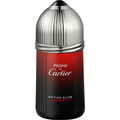
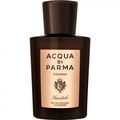
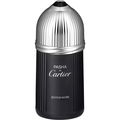
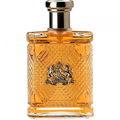








 Charilaos77
Charilaos77 Blkbrd
Blkbrd Jazzy76
Jazzy76 Topfpflanze3
Topfpflanze3 TheDunkPapa
TheDunkPapa Ceesie
Ceesie Elysium
Elysium PedroCabral
PedroCabral KimJong
KimJong Hajuvana
Hajuvana